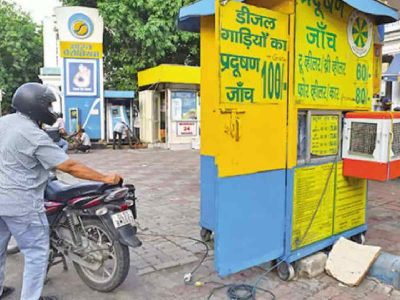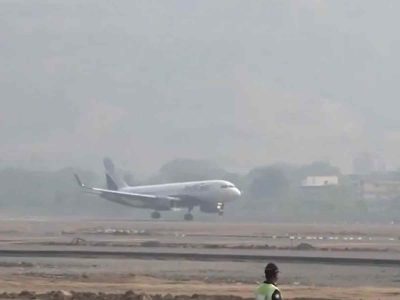In a novel step to combat air pollution year-round, the Delhi government will install 1,000 water sprinklers on streetlight poles to suppress dust, Chief Minister Rekha Gupta announced.
Speaking on Wednesday, the chief minister said her administration would ensure that both water sprinklers and smog guns remain operational throughout the year — a departure from the approach of the previous AAP-led government, which limited their use to two or three months.
Dust remains a major contributor to Delhi’s pollution levels. During the campaign for the Delhi Assembly elections held in February, the BJP strongly highlighted the capital’s worsening air quality and blamed the Aam Aadmi Party (AAP) for its poor handling of the crisis.
In the election, the Bharatiya Janata Party (BJP) ended AAP’s decade-long rule by winning 48 of the 70 seats.
“The air quality, which was severely affected in the past, has started to improve. You will see further positive changes, as our government is working accordingly.
“Earlier, sprinklers operated only during the two winter months. Since coming into office, we’ve recognised that air pollution is not a seasonal issue — it persists throughout the year,” Gupta said.
She added that the summer months also bring high levels of dust, with conditions similar to those of autumn and winter.
“Therefore, the water sprinklers and smog guns will now function all year. We are planning to install sprinklers on the streetlight poles along the Ring Roads.
“The PWD will deploy 1,000 sprinklers — four in each of the 250 municipal wards — to operate throughout the year. Our policies and actions are well-defined, so the results will be equally clear,” the chief minister stated.
Dust is a key contributor to both PM2.5 and PM10 pollution. PM10 comprises particles with diameters of up to 10 micrometres, while PM2.5 refers to finer particles with diameters of 2.5 micrometres or less.
Depending on their size, dust particles can serve as a primary source of both categories of particulate matter.
Also Read: Delhi: Anger mounts in Bawana over new Waste-to-Energy plant
These fine particles, particularly PM2.5, pose serious health risks as they can penetrate deep into the lungs and even enter the bloodstream. PM10, though coarser, are still hazardous and roughly equivalent in width to ten human hairs.
(With inputs from PTI)





